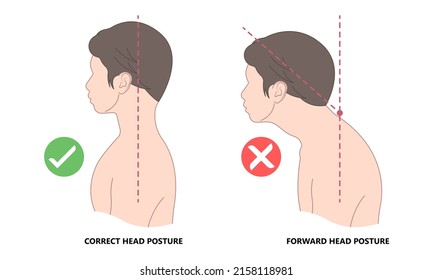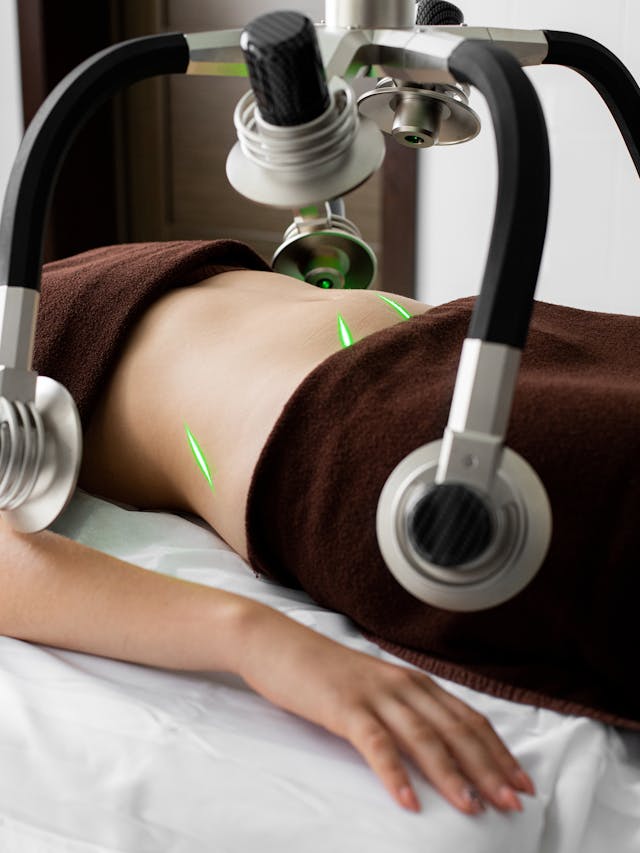Sinus infections, also known as sinusitis, are a common condition that affects millions of people worldwide. Often caused by viruses, bacteria, or allergens, sinus infections result in inflammation and swelling of the nasal passages. But the critical question many people ask is: are sinus infections contagious? To understand this, it is essential to examine the causes, symptoms, and modes of transmission.
What is a Sinus Infection?

A sinus infection occurs when the sinuses become inflamed due to an infection or an allergic reaction. The condition may be acute (lasting a few weeks) or chronic (lasting more than 12 weeks). Sinus infections can cause a variety of symptoms, such as nasal congestion, facial pain, headache, sore throat, and fever.
Now, you might wonder, are sinus infections contagious in all cases? The answer depends on the underlying cause of the infection. Sinusitis caused by viruses may be contagious, while those caused by bacteria or allergies are generally not.
Read More : What to Avoid When Taking Low-Dose Naltrexone : 7 Things You shouldn’t Ignore
When Are Sinus Infections Contagious?
The contagiousness of a sinus infection largely depends on the trigger. Let’s explore some scenarios:
Viral Sinus Infections:
If the sinus infection is caused by a virus, such as the common cold, it can be contagious. Viruses are easily spread from person to person through respiratory droplets when someone sneezes or coughs. So, in this case, the answer to the question, are sinus infections contagious, is yes.It is not the sinus infection itself that spreads but the underlying virus causing it.
Bacterial Sinus Infections:
Bacterial sinusitis typically occurs when bacteria grow in blocked nasal passages, often following a cold. These infections are not usually contagious. If someone asks, are sinus infections contagious when caused by bacteria, the answer is typically no.
Allergic Sinusitis:
Allergic reactions to pollen, dust, or pet dander can also lead to sinus inflammation. This type of sinus infection is not caused by a virus or bacteria, making it non-contagious. Therefore, if you are dealing with allergic sinusitis, there is no need to worry about whether are sinus infections contagious in this case.
How to Prevent the Spread of Contagious Sinus Infections

If you or someone around you has a sinus infection caused by a virus, certain precautions can help reduce the risk of spreading the infection:
Practice Good Hygiene:Wash your hands frequently with soap and water.Avoid touching your face, especially your nose and mouth.
Use Masks:Wearing a mask can prevent the spread of respiratory droplets, especially during flu or cold seasons.
Cough and Sneeze Etiquette:Cover your mouth and nose with a tissue or your elbow when sneezing or coughing. Dispose of tissues immediately.
Avoid Close Contact:If you suspect a viral infection, avoid close contact with others until your symptoms subside
By following these steps, you can minimize the chances of passing on a viral sinus infection and answer the question, are sinus infections contagious, with informed precautions.
Symptoms to Watch Out For
Regardless of the cause, sinus infections share several common symptoms:
Nasal congestion or blockage.
Pain or pressure around the eyes, nose, or forehead.
Thick nasal discharge, often yellow or green.Cough, especially at night.
Reduced or lost sense of smell
If you experience these symptoms, it’s essential to identify the underlying cause to determine whether are sinus infections contagious in your case.
When to See a Doctor

If you’ve had sinus infection symptoms for more than ten days or if they worsen after initially improving, consult a healthcare professional. They can help identify whether the infection is viral, bacterial, or allergy-related. Understanding this will help answer your concerns about whether are sinus infections contagious and guide proper treatment.
Conclusion
To summarize, are sinus infections contagious? It depends on the cause. Viral sinus infections can spread to others, while bacterial and allergy-related sinus infections are not contagious. Practicing good hygiene and seeking timely medical advice can prevent the spread of viral sinusitis and help you recover faster. By being aware of the type of sinus infection, you can take the necessary precautions to protect yourself and those around you.
























